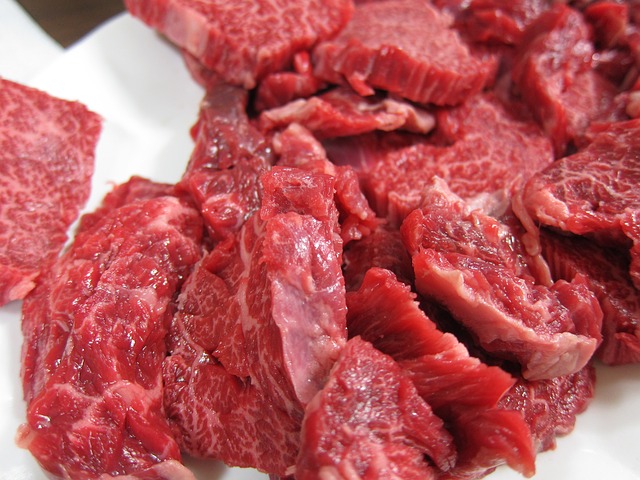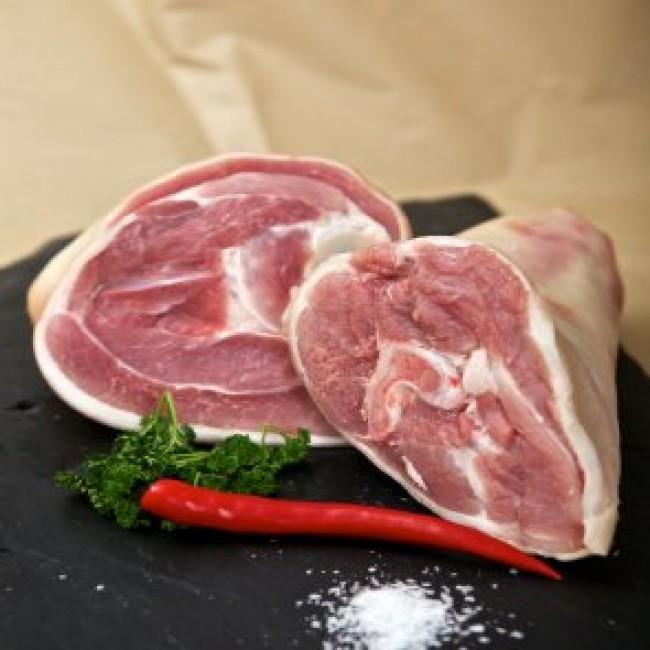
122801 Reviews
Found interesting resource, is this true?
dark web markets https://github.com/darknetmarkets24/darknet-markets - dark web link
Home page
https://primabellashop.com/
все
Заходите на этот сайт https://fotorina.club/ – собрание ярких открыток, пожеланий, раскрасок и забавных изображений! У нас вы сможете выбрать уникальные картинки для любого случая: юбилеи, праздники, добрые слова и просто так позитив. Делитесь радостью с близкими – находите лучшие открытки для вдохновения!
Играть на деньги в игровые автоматы 7к казино
7к casino – это новое онлайн казино, которая работает на игровом рынке с 2023 года. Игровой оператор предлагает развитую бонусную систему, оперативный вывод выигрышей, широкое разнообразие слотов и бесперебойный доступ к своему ресурсу за счет развитой системы рабочих зеркал 7K Casino
pleddyDierene gdkic
the dark internet darknet search engine darknet links
Играть на деньги в игровые автоматы 7к казино
7к casino – это новое онлайн казино, которая работает на игровом рынке с 2023 года. Игровой оператор предлагает развитую бонусную систему, оперативный вывод выигрышей, широкое разнообразие слотов и бесперебойный доступ к своему ресурсу за счет развитой системы рабочих зеркал казино 7K
kra28.at
kra30.at - kra32.cc, kra32.cc
Otz 3 Ejcx Wyn
https://www.gabitos.com/DESENMASCARANDO_LAS_FALSAS_DOCTRINAS/template.php?nm=1737015831
All about medicines. KGXN
Pills prescribing information. Long-Term Effects. get strattera pill Some trends of medicament. Read now.
Found interesting resource, is this true?
how to get on dark web https://github.com/darknetmarkets24/darknet-markets how to get on dark web

